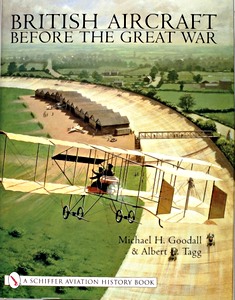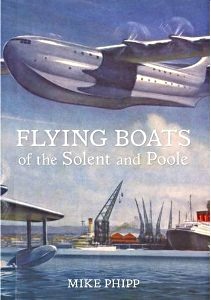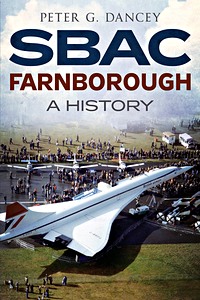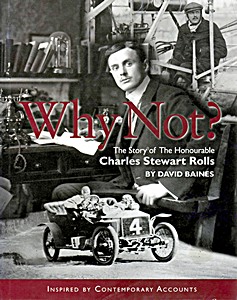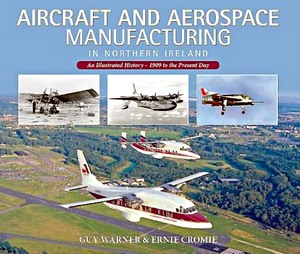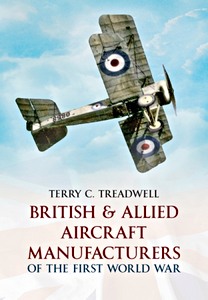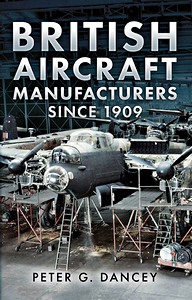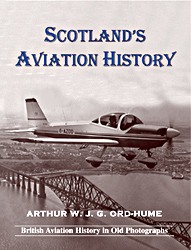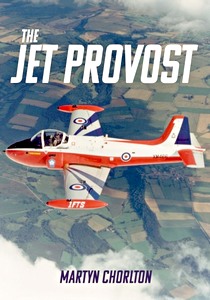From War to Peace : a Photographer's View of British Aviation During the 1940s
A photographic record of the aviation scene in Britain between the years 1940-1949. The photographs were taken by E. J. Riding (1916-1950) who spent his working life in the aviation industry, but was tragically killed in a flying accident.
During his short life, he worked as an aircraft engineer, professional photographer, draughtsman, aero-modeller and aviation writer.
Riding began taking photographs of aircraft in 1931 aged fifteen. Fortunately, he kept copious notes recording the locations and dates of when and where aircraft were photographed.
During the 1940s, he covered the rapid transition from propeller-driven aircraft to first-generation jets. The early part of the book covers Riding's wartime work as an aircraft inspector with two major aircraft companies, mostly illustrated with photographs taken surreptitiously.
Once civil aviation returned in January 1946, Riding took many air-to-air photographs of light aircraft that made regular visits to Heathrow and Croydon to photograph the new generation of airliners.
Three Farnborough air shows are featured in addition to several race meetings, including one featuring the latest piston and jet fighters.
Specificaties
| Auteur: | Richard Riding |
|---|---|
| Uitvoering: | 160 blz, 25 x 17 cm, hardcover |
| Illustraties: | 390 z/w foto's |
| Uitgever: | Fonthill Media (GB, 2015) |
| ISBN: | 9781781553312 |
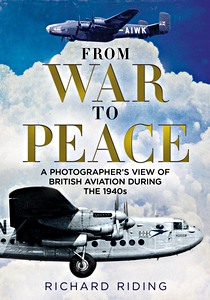
From War to Peace : a Photographer's View of British Aviation During the 1940s
Taal: Engels
Kopen bij Amazon NLKopen bij Amazon BE

